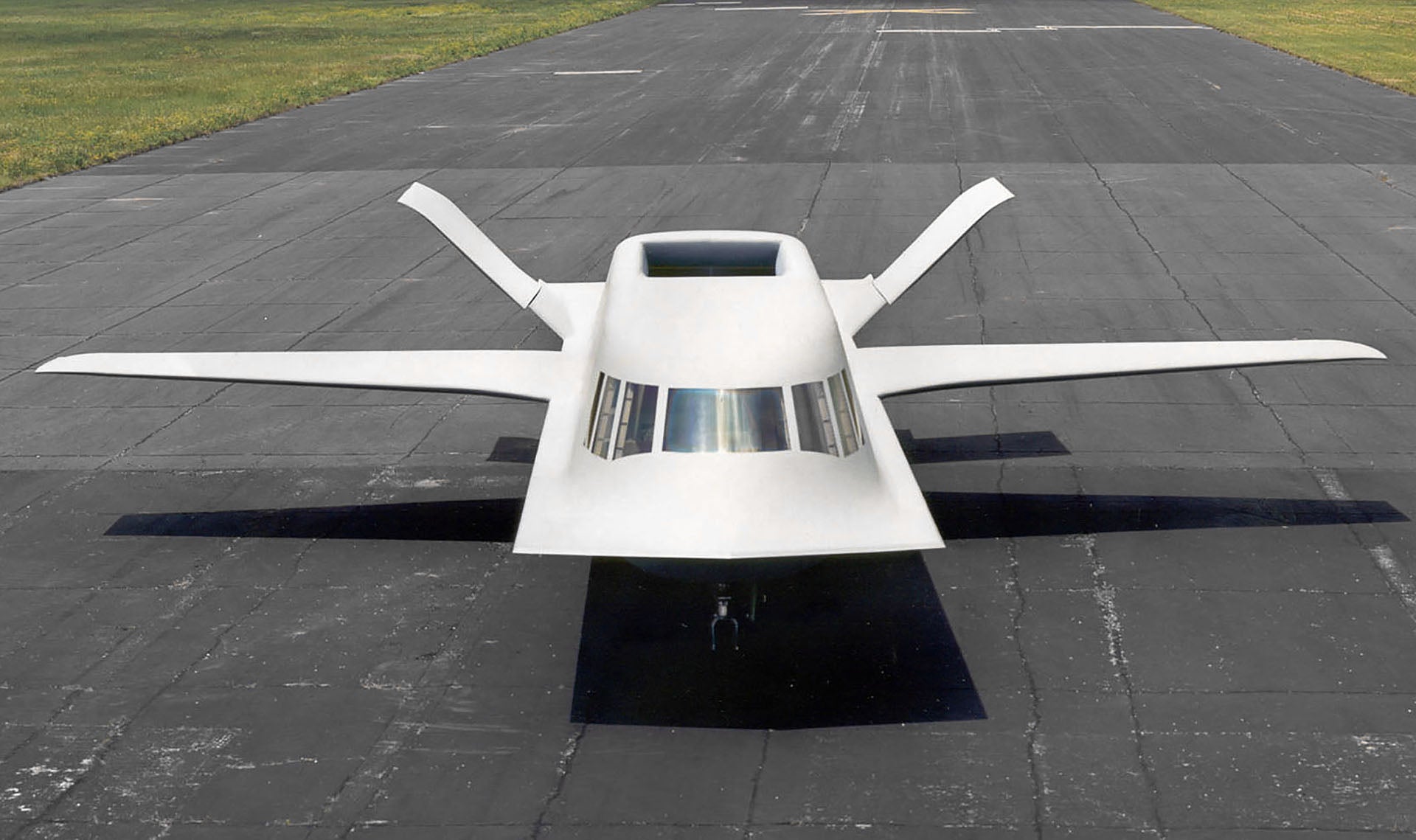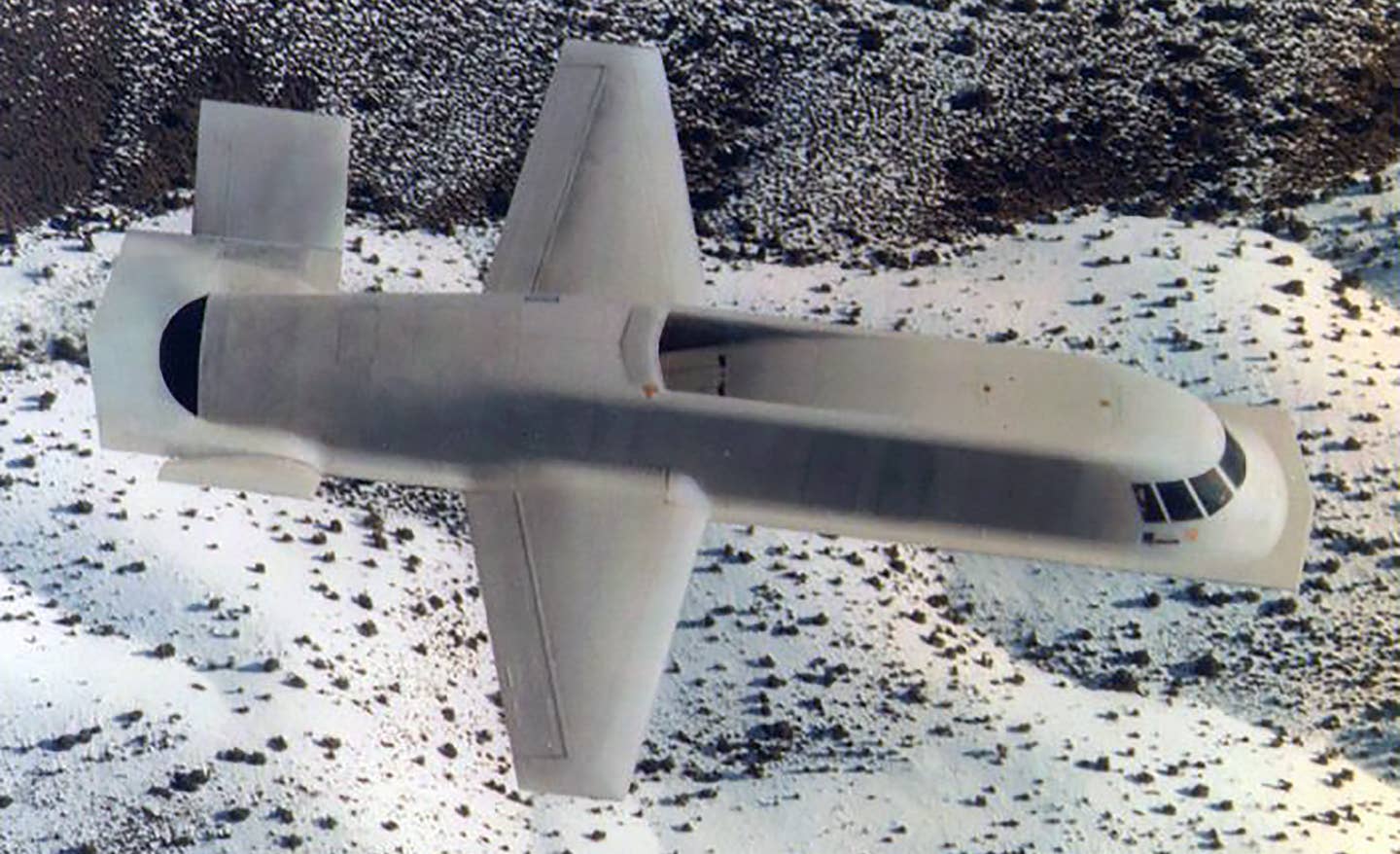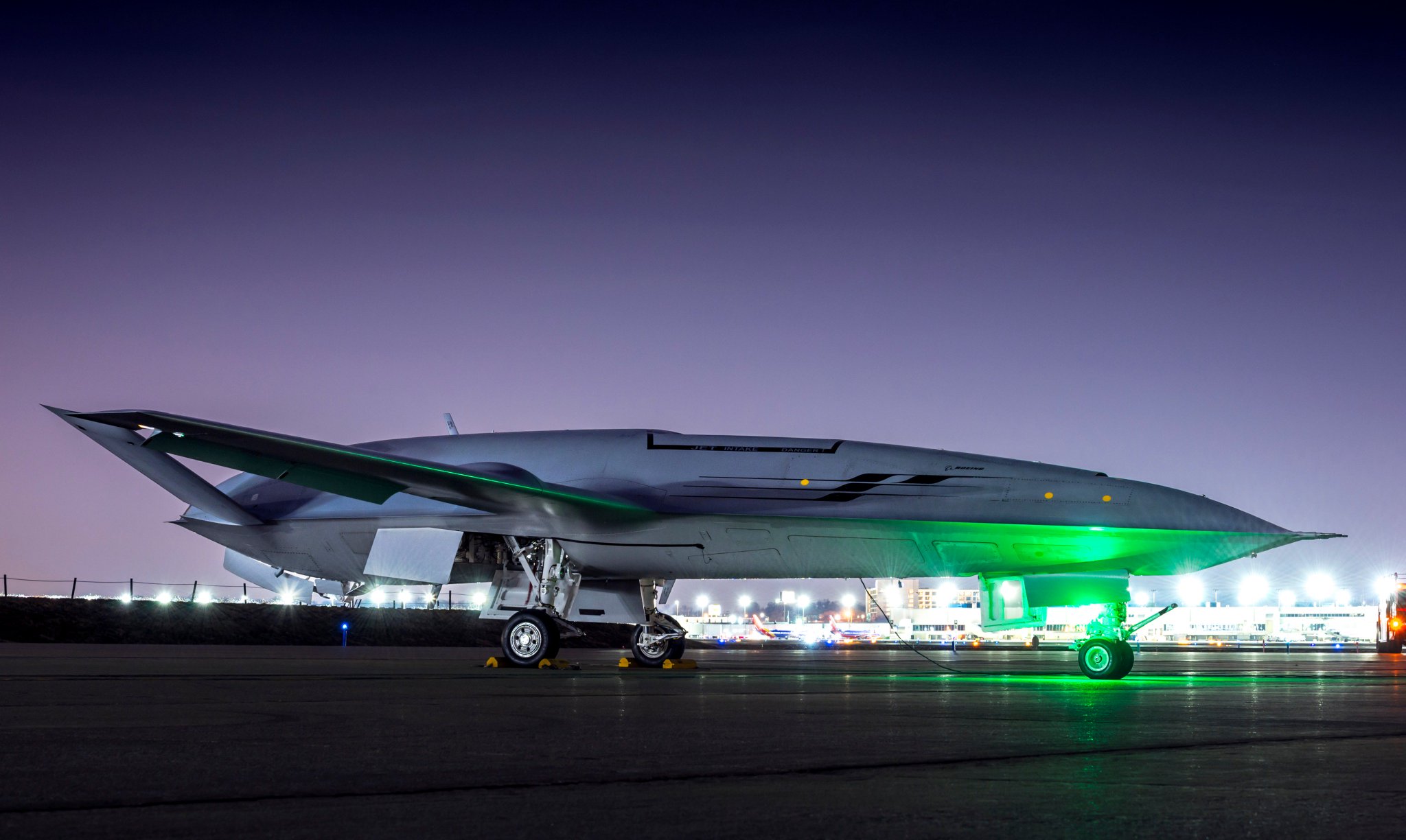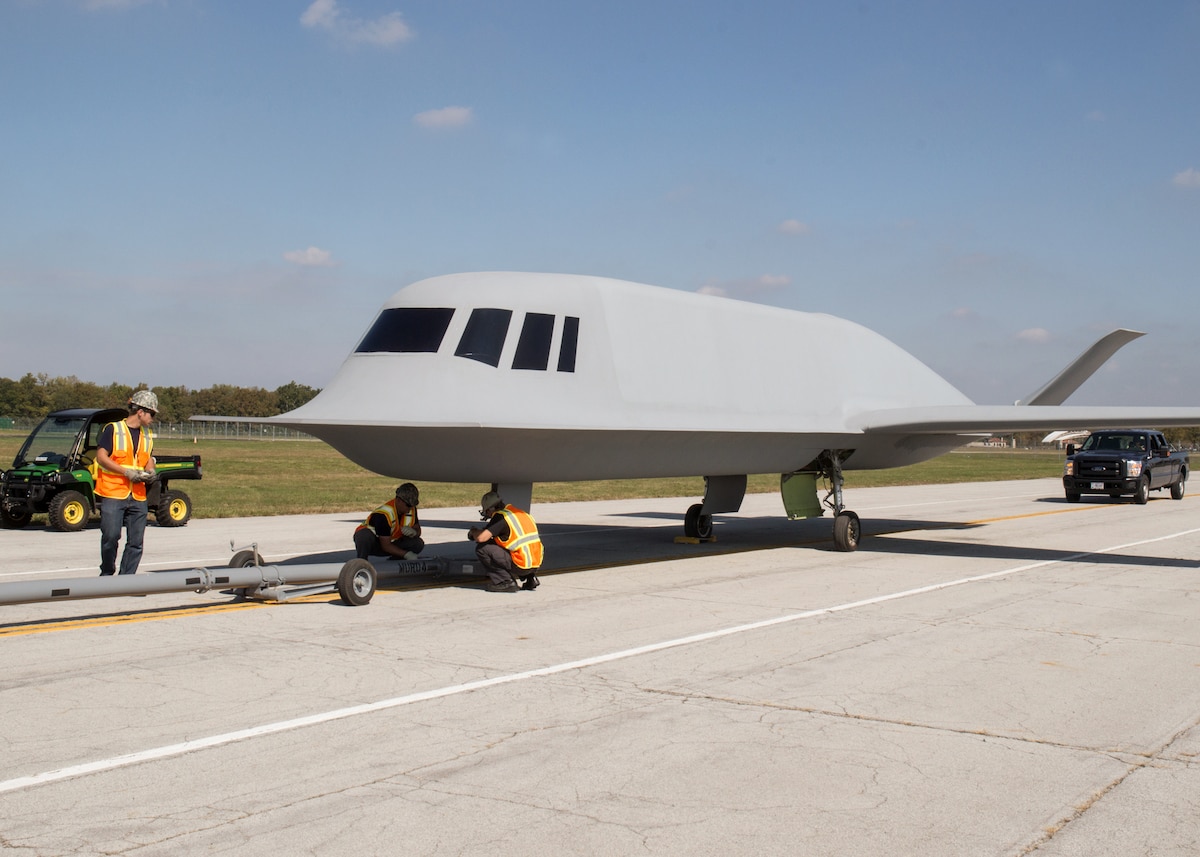Northrop Tacit Blue: The Stealth Technology Pioneer
The Northrop Tacit Blue was a groundbreaking stealth technology demonstrator that played a crucial role in shaping the future of modern stealth aircraft. Developed by Northrop Corporation in the 1980s, this experimental aircraft was designed to test and validate the feasibility of stealth technology and its application in combat aircraft. The Tacit Blue’s innovative design and successful testing laid the groundwork for the development of stealth capabilities in subsequent generations of military aircraft.

The genesis of the Northrop Tacit Blue can be traced back to the U.S. Air Force’s interest in developing an aircraft with low observability characteristics. In response to this requirement, Northrop Corporation embarked on the development of an experimental aircraft, dubbed Tacit Blue, to explore the principles of stealth technology.
The design of the Tacit Blue was unconventional, featuring a triangular-shaped fuselage with faceted surfaces to reduce radar cross-section. It also included other stealth-enhancing features, such as a flush air intake and exhaust, radar-absorbent materials, and advanced avionics for radar signal management.

The primary goal of the Tacit Blue program was to validate the effectiveness of stealth technology in evading enemy radar detection. The aircraft underwent extensive testing and evaluation to measure its radar cross-section and infrared signature.
Through a series of flight tests and simulations, the Tacit Blue demonstrated a significantly reduced radar cross-section compared to conventional aircraft of the era. This breakthrough discovery laid the foundation for the development of future stealth aircraft, such as the B-2 Spirit and F-22 Raptor, which would go on to become iconic examples of stealth technology in modern aviation.

Beyond its stealth capabilities, the Tacit Blue also featured advanced avionics systems for data collection and analysis. The aircraft was equipped with cutting-edge sensors and radar systems, enabling it to gather valuable intelligence on enemy radar networks and electronic warfare systems.
The data collected by the Tacit Blue provided crucial insights into the vulnerabilities of traditional radar systems and helped the U.S. military refine its electronic warfare tactics and develop countermeasures to enemy radar systems.
The Northrop Tacit Blue program left an indelible mark on the world of stealth technology and modern military aviation. Its successful validation of stealth principles revolutionized the design and development of military aircraft, shifting the focus towards low-observable platforms capable of penetrating sophisticated enemy air defenses.
The knowledge and experience gained from the Tacit Blue program directly contributed to the creation of the B-2 Spirit, one of the world’s most advanced stealth bombers. Additionally, lessons learned from Tacit Blue influenced the design of other stealth aircraft, including the F-22 Raptor and the F-35 Lightning II, which remain crucial assets in the U.S. Air Force and other allied nations.

The Northrop Tacit Blue was a pioneering project that proved the viability of stealth technology in military aviation. Its revolutionary design, advanced avionics, and successful testing played a pivotal role in shaping the future of stealth aircraft. The legacy of Tacit Blue continues to resonate in the modern world, as the principles it established still underpin the development of cutting-edge stealth platforms, ensuring air superiority for nations equipped with these formidable assets.






